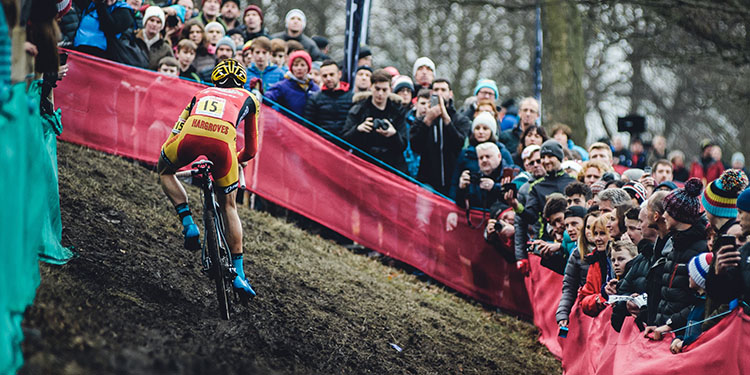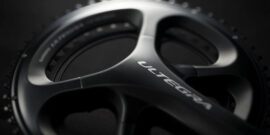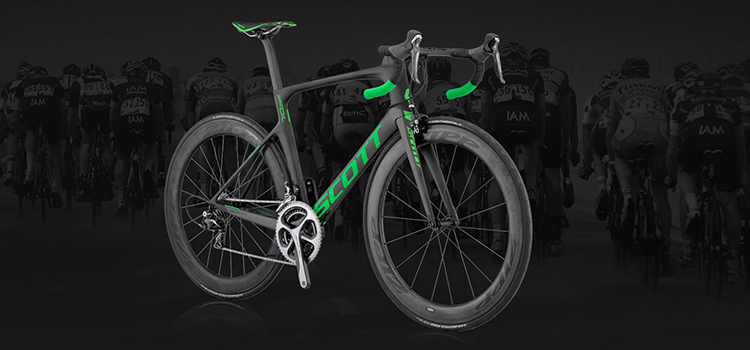Ah yes the age old question: “Which tyres should I use for Cyclocross”. It’s probably the most frequently asked question we get on the topic of Cyclocross here at 99 Bikes.
Having raced cyclocross for the last 10 years in pretty much all conditions from sand to mud to ice, Matt Macdonald has firsthand experience of what works and what doesn’t. In this post, Matt shares his wealth of knowledge and experience in the tyre-buying department for the benefit of any newcomers to the sport or those looking to upgrade to a better performing tyre.
Tyres Make a Difference
Cyclocross, like a lot of things, does come down to budget and not everyone can afford 3 cyclocross bikes and endless pairs of wheels to suit every condition. Some people have 2 bikes and those that don’t, get by with a spare pair of wheels. Unfortunately to be competitive in typical winter conditions you would benefit from having 2 bikes.
Tyres are relatively inexpensive compared to other bike parts, but contribute a huge amount to the bikes overall performance. If you’ve ever heard Formula 1 teams go on about their tyres so much it’s because, like cyclocross, they are that important.
Clinchers or Tubulars?
Tyre decision in cyclocross comes down to one important question, clinchers or tubulars? If you’re just starting out or are on a budget then you will probably opt for a clincher. This type of tyre uses an inner tube & the tyre itself sits on the bead of the rim. Some higher-end clincher tyres are also referred to as open tubulars. It’s easy to get confused about the terminology, but these are still clinchers.
Tubulars are used by those who have a slightly higher budget or who really want to maximize the performance of their tyres in all conditions. From my experience, the only time where a clincher could potentially be a better choice than a tubular is when the course is completely bone dry & pan flat with no off-camber sections. When conditions are dry and fast, cornering speeds are often much higher which can put a lot of strain on a tubular tyre. This can sometimes cause a tubular tyre to roll off the rim (which isn’t ideal). It’s also worth pointing out that a clincher can have a slightly more predictable ride as the tyre itself isn’t ‘moving’ around on the rim.
Matt’s Favourite Clincher (Open Tubular) Tyres
My favourite tyre for dry to intermediate conditions is the Challenge Grifo 33 Open Tubular. It’s unparalleled in rolling speed & suppleness and feels quite close to that of a tubular tyre. Closely followed by the Challenge Fango Open Tubular which is geared slightly more to intermediate conditions as it has a more aggressive tread pattern.
For muddy days the hands-down winner is the Challenge Limus Open Clincher which has a very aggressive tread pattern but still a low rolling resistance & superior suppleness to allow for lower tyre pressures.
You may be wondering why every tyre choice here is a Challenge, but these tyres are “unchallenged” in terms of quality & performance every time.
For those on more of a budget a good, all round choice is the classic Schwalbe CX Pro which has decent enough tread to cope with all conditions & performs surprisingly well for its price. The Clement MXP Clincher Tyre also offers good one-tread-fits-all performance & handles most conditions pretty well, except for the mud where most clinchers do falter. Challenge also makes a budget version of the Grifo called the Challenge Grifo Pro, which for its price is still a very good performing tyre.
Tubular Tyres Explained
On to Tubulars for where the real performance gains can be found, but a quick description as to why they are better for certain conditions. The carcass of a tubular tyre is completely sewn together with the inner tube inside and is glued to the rim. Often the sidewalls of tubulars are made of cotton which makes them extremely supple and able to mold to the terrain much better. This, of course, means more grip & better traction on loose terrain. The nature of tubulars allow for you to run them at much lower pressures, which assists in their superior traction.
Terrain, where tubular performance is highlighted the most, is on any kind of off-camber, any type of mud (from slightly wet to very muddy) & rocky/rooty terrain.
Tubulars are excellent through off-camber sections due to their ability to mold to the terrain. At the right pressure, the tread & carcass will follow the angle of terrain as much as possible whereas a clincher will stay rigid. They can be run at much lower pressures too (sometimes under 20 psi) which gives increased traction and tracking around corners especially in muddy conditions. They also work extremely well on rocks and roots due to their resistance to pinch flats. They’re not puncture-proof, but you’ll be worrying less about getting a puncture mid race.
Tubular Tyre Recommendations
As for the products, the greatest mud tubular of all is the famed Dugast Rhino, which has become synonymous with Cyclocross in the mud & has won many a World Cup & World Championship over the last 5-6 years.
Challenge also make a rival for this called the Challenge Limus, which is very close to the Dugast and some would argue better, mainly because its a bit more robust.
For dry to intermediate conditions there are 2 options from Dugast, the Typhoon or the brand new Small Bird. Both are very good tyres, but personally, I think the Small Bird pips the Typhoon to the post as it has slightly better versatility for dry courses for those who don’t want to go for file treads.
Challenge make a slightly cheaper rival for these in the Grifo & Fango patterns both very well suited to dry & intermediate conditions.
On the more budget end of the scale, if you can call tubulars that, the Specialized Terra & Tracer tubulars are good for dry to intermediate conditions.
If you opt for a Dugast or Challenge tubular I would highly recommend using Aquasure to protect the sidewalls from mud staining, impact damage and persistent jet washing abuse. Aquasure, by trade, is a wetsuit repair substance but is used in the ‘Cross community as sidewall protection. It is a transparent rubber material that is applied wet and dries onto the sidewall and acts as a protective layer to increase longevity and durability against constant jet washing and mud staining that can eat away at the sidewall and rim glue. The only trade off is that you add a tiny bit of weight (maybe 20g for both tyres) and it takes away a little bit of the suppleness, but in my opinion, its worth it if you want your tubulars to stay looking new and last for more than one season.
What About Tyre Pressures?
One large area to consider after making your tyre decision is how to set up the pressures on the day, which is another area for great discussion, especially in the car park before and after a race. Buying a fancy Dugast is pointless if you’re running it a 40 psi in the mud.
Some riders are very loyal to PSI readings & digital pressure gauges but I personally prefer the trial & error method of going by feel, as each course has a unique set of demands.
Depending on your weight (I’m 78kg) I start at ~30 psi, ride the course once and make note of particularly tricky corners or bumpy sections that are hard to ride. Let air out until you feel the tyres ‘give’ enough to soak up some of the bumps and still maintain ride-ability through the corners.
In wet and muddy conditions tyre pressures take on a near art form level of precision. When letting air out there will be a point where the tyres will start to “bite” rather than slide and this is where you’re trying to get to, but treat the course as a whole rather than focusing on one bad corner. It’s much better to not be able to ride one corner than to have tyres that run too flat for 95% of the course.
Take note that the role of the front and rear tyres are quite different and would need attention individually. The front tyre you want grip and the rear you want traction, so in the mud you would tend to put more body weight onto the rear tyre through corners so that you can maintain forward momentum while pedalling, and keeping the front end ‘light’ so that you don’t wash out.
Also, take into account any sections of tarmac or awkward off cambers & obstacles that may pull the tubulars off or cause pinch flats.
Sometimes your pressures might be so low that the tyres bottom out onto the rim, but as long as the ground is soft, this shouldn’t matter. If someone is able to ride a corner/section you can’t, chances are they have different pressures or they’re just a better bike handler.
Hopefully, that helps you narrow down your Cyclocross tyre choices!





